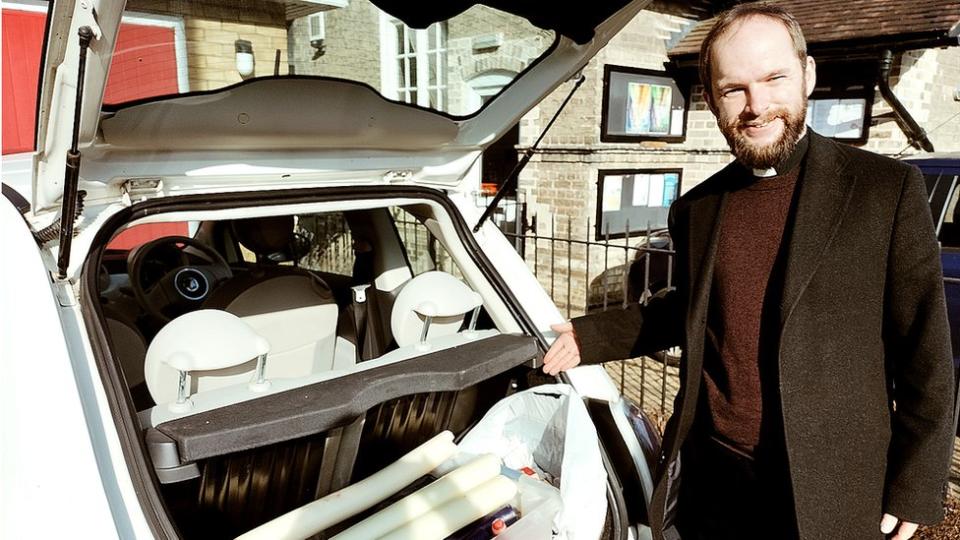CHICAGO — It’s been four years since the COVID-19 outbreak led to a rise in remote work. Now, even though the public health crisis has diminished, the work from home trend shows no signs of slowing, pushing downtown office vacancies higher.
“We just don’t have the same number of people working in the Loop as before,” said Dan McMillen, a real estate professor at University of Illinois Chicago.
Experts say there was hope that by now more workers would have returned to the office full-time. But a growing glut of empty space remains a fact of life in the Loop.
“So, you have in this market now – a really big mismatch between the supply for office space and the demand for office space,” said Farzin Parang, executive director of Building Owners and Managers Association of Chicago. “Until that meets somewhere in the middle – it’s going to cause a lot of pain for people all over the city.”
At the end of March, the total downtown office vacancy rate jumped to 25.1 percent, a new record high, according to data from real estate firm CBRE.
More from Investigates: Seller beware! Merchant left with $40K bill after credit card fraud
The rate has climbed steadily since the end of 2018, when it stood at 13.4 percent. Parang is among those who believe it could continue to increase.
“The sector goes through cycles, but this is not like other cycles,” he said.
“I really think it’s that tale of two cities,” said Kelsey Schieve, senior vice president in the Chicago office of CBRE. “Everyone says flight for quality. For me, it’s that flight to experience.”
Schieve notes companies are still leasing space at so-called trophy towers, or newer buildings filled with amenities such as restaurants and fitness centers. But some older properties, which have workspaces but no play spaces, struggle to retain and attract tenants.
Recently, Mayor Brandon Johnson backed a plan to repurpose four vacant office buildings in the city’s financial district to include 1,000 units of housing – 300 of which would be affordable. The plan for one of the vacant buildings, at 111 W. Monroe, consists of 345 housing units and a 200-room hotel. Veteran developers Quintin Primo III and Michael Reschke are behind the $202 million project, which also includes 105 affordable housing units.
“We will activate this [space] with people, with activity, which will generate revenue and taxes and vibrancy,” said Primo.
WGN Investigates: Investigating public corruption, crime & fraud
“On a normal day, before [the COVID-19 pandemic], we had 700-to-800-thousand people come and work and thrive downtown in the Loop,” said Reschke. “Now, it’s probably half that level on Tuesday through Thursday. On Monday and Friday, maybe a quarter of that level. That vibrancy is missing.”
There’s hope the LaSalle Street projects will help restore some of that vibrancy, in part by increasing the number of people living in the Loop.
But not everyone views the plan as a long-term solution, believing City Hall’s focus should be on growing the business base versus replacing empty offices with housing.
“I don’t see it as a magic bullet,” said McMillen.
Copyright 2024 Nexstar Media, Inc. All rights reserved. This material may not be published, broadcast, rewritten, or redistributed.
For the latest news, weather, sports, and streaming video, head to WGN-TV.
Signup bonus from




